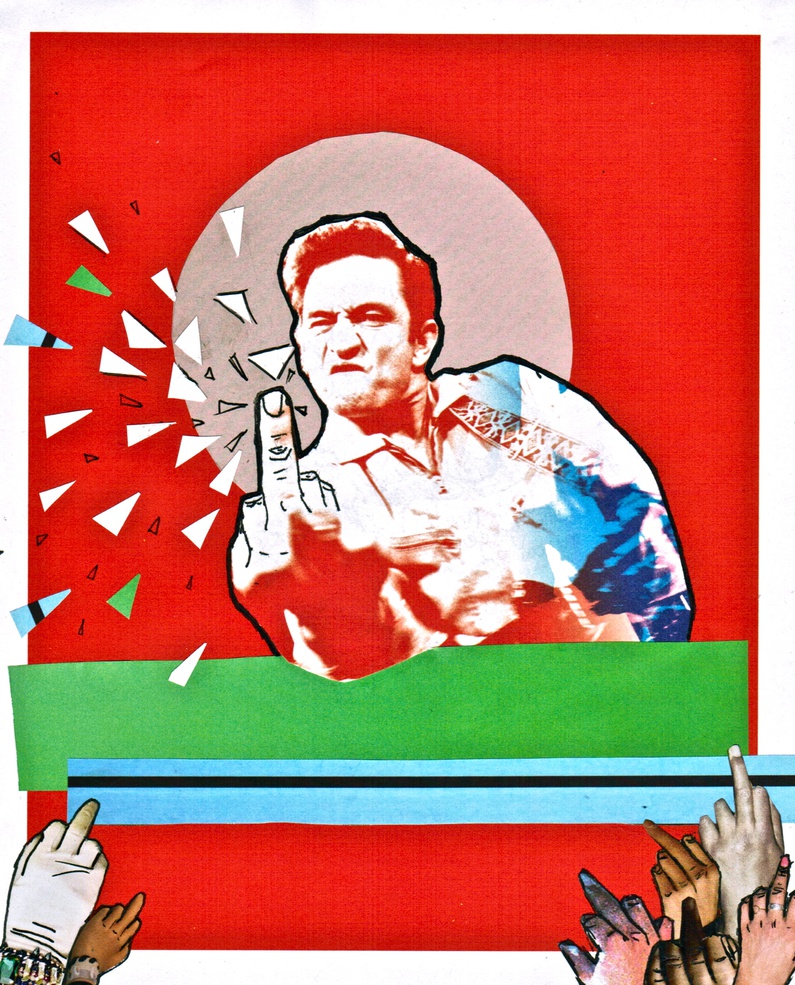
A Finger to Insult Everyone
Published on
Translation by:
Samantha KelloggThere are times when words aren't enough. Times when a simple gesture can summarise a mood, whether it be joy or anger. Those moments when reason, or it's framework, completely vanishes to unleash a merry-go-round of non-verbal language. It is in those moments when raising a finger, specifically the one in the middle, can detonate a bomb.
We've seen them go crazy on any old soccer field, stirring up their pompous rival or silencing the most ardent critics. We've seen them trying to express rebellion, guitar in hand. We've also seen them with a fake smile embedded in their jaw, replying with cynicism to the criticisms of a raging crowd. Others simply used it as an object to be immortalised, through an image that, without such an action, wouldn't have any great importance. It's as easy as raising your middle finger, closing your fist and stretching out your arm. A straightforward gesture to capture the media focus and be offered up like candy to the judgment of the ever-greedy, public eye.
The Spaniards call flipping the bird, "making a comb". But the thing is long-standing, long before soccer balls rolled and celebrities got high. The first reference to the stretching of the middle finger as an act of disdain is in The Clouds, a comedy by Aristophanes in the year 423 BC. The Romans, a little later, dubbed it 'digitus impudicus' ('indecent finger'), a name that was widespread from the 1st century onwards in Mediterranean cultures. Although for the latter, the action was no more than a method to divert the evil eye. A very different use than the current one.
Regardless of the history, the fact is that the Latin expression is impractical for contemporary use. It's probable that if we reprimand someone for the lack of suitability of making use of their 'digitus impudicus', they'd feel the same guilt as if we called them a slob in Aramaic. That's why, it's sometimes really interesting to know what this action is referred to in different corners of the European continent. Necessary and, at the very least, useful information.
The French, showing off their keen sense of irony, call the middle finger 'le doight d'honneur' ('the finger of honour'), despite the gesture having very little to do with honour. But their German neighbours drop eschatology and explore the world of feces with their 'stinkefinger'. In other words, the 'stinky finger'. In Italy and Poland, they opt for a frustratingly descriptive name, aka calling something by it's actual name. So, the 'dito medio' and 'środkowy palec' won't have any other translation besides 'middle finger'. But the English make use of metonymy. For them, the gestural insult, and all that it implies, can be summarised in one extremity: the finger.
Different ways to call a finger. A finger to insult everyone.
Translated from Un dedo para insultarlos a todos



